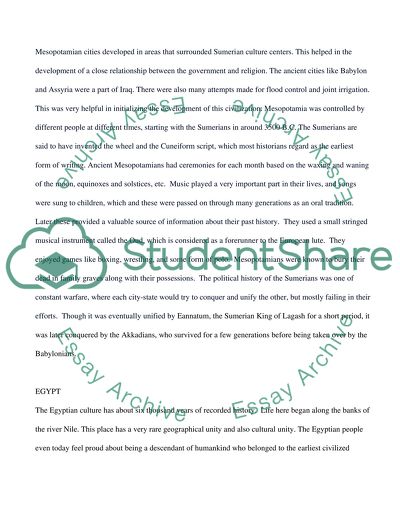Cite this document
(“What Are the Political and Cultural Developments of the Ancient and Term Paper”, n.d.)
Retrieved from https://studentshare.org/history/1424012-what-are-the-political-and-cultural-developments
Retrieved from https://studentshare.org/history/1424012-what-are-the-political-and-cultural-developments
(What Are the Political and Cultural Developments of the Ancient and Term Paper)
https://studentshare.org/history/1424012-what-are-the-political-and-cultural-developments.
https://studentshare.org/history/1424012-what-are-the-political-and-cultural-developments.
“What Are the Political and Cultural Developments of the Ancient and Term Paper”, n.d. https://studentshare.org/history/1424012-what-are-the-political-and-cultural-developments.


